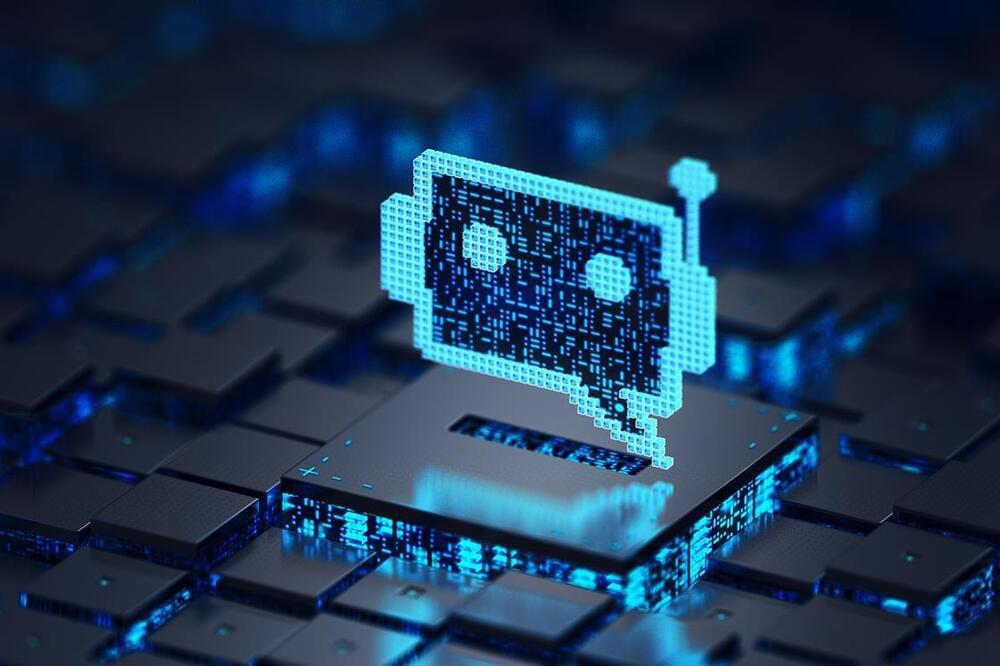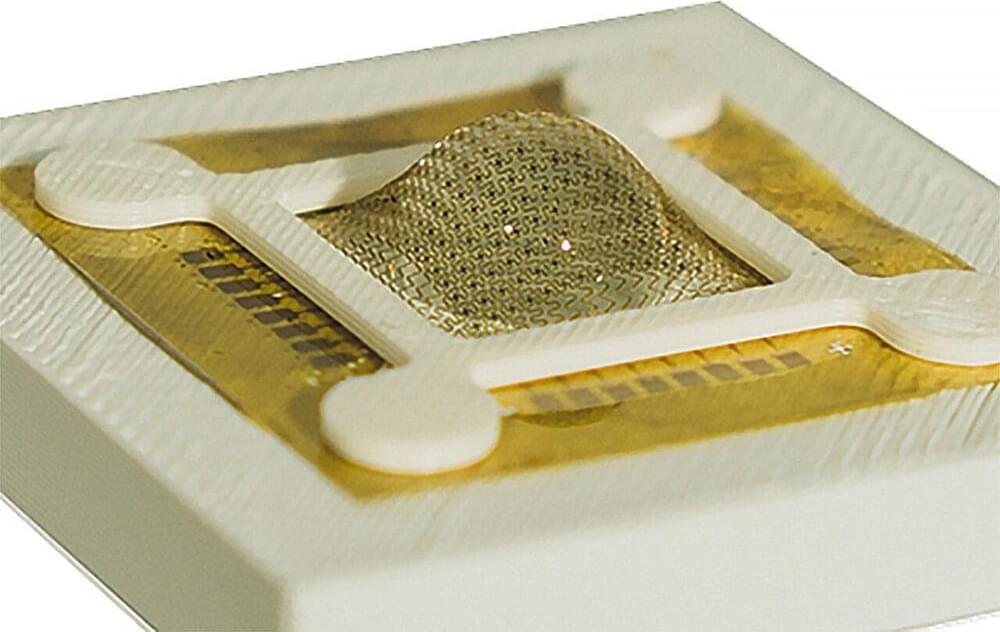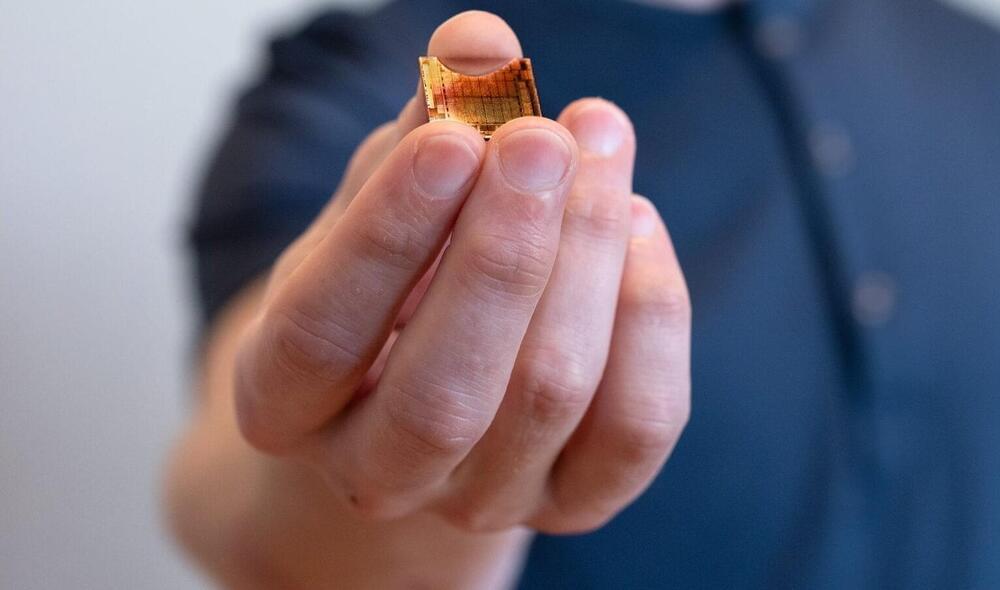It seems that Silicon Valley giants, AAA game developers, and other companies desperately clinging to the AI trend and trying to integrate the technology into any product they own will soon have to rethink their marketing strategies, as a new study conducted by researchers from Washington State University indicates that using terms like “AI” or “artificial intelligence” in product descriptions can negatively impact sales.
To explore the impact of including “AI” in goods and service descriptions on consumers’ purchase intentions, the team conducted six experiments and surveyed over a thousand people, discovering that the use of these terms decreases purchase intention and lowers emotional trust, leading to what any company fears the most – diminishing sales numbers.
Furthermore, the researchers found that putting artificial intelligence in the spotlight can be even more detrimental when it comes to high-risk products – those consumers typically think twice about buying, such as expensive gadgets and medical services – compared to low-risk items, primarily because of the greater likelihood of incurring monetary losses or facing health risks.






